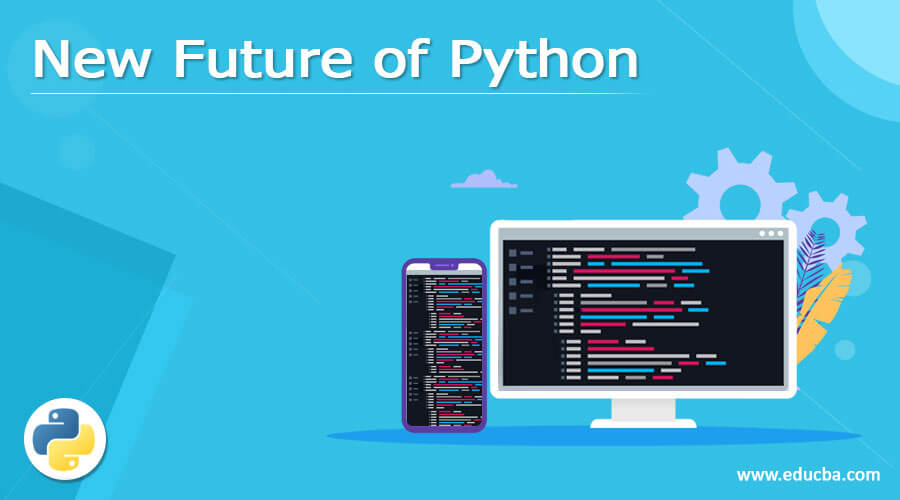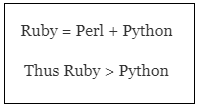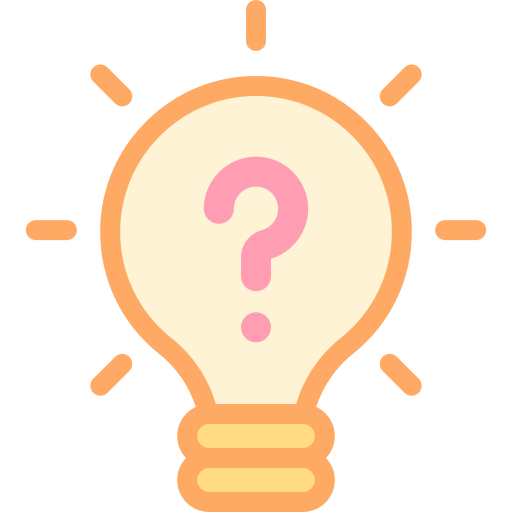Updated June 9, 2023

Introduction to the New Future of Python
This is an outline of the New Future of Python. There is n number of programming languages out there. Heck, there is even n number of scripting languages out there. Then the question is, why Python? To be precise, Python is scripting and not a programming language. There is a thin line between a programming language and a scripting language. Some of the scripting languages I can remember now would be JavaScript, Python, Perl, Ruby, VB script, and PHP. These are the ones that are on the top. But again, why Python? Today, I will focus on why I prefer Python over other scripting languages. So, here goes everything…
New Future of Python Language
Starting with Perl both are pure scripting languages. But the intention behind using either is totally different. To make it simple, Python has a set of defined rules that a programmer needs to follow, whereas Perl is more forgiving. But still, one doesn’t always need forgiving language. Perl provides numerous ways to solve a problem. In the case of Python, one needs to make a simple and proper way to do things. Whereas both languages try to make the Code as compact as possible, there are still reasons for choosing either language. When trying to develop something, he can work with Perl if he does not have a defined time to complete a project.
But that’s not how the real world works, does it? In the real world, time is extremely important. One cannot spend time finding the smallest ways within multiple ways to get a proper piece of code right, especially when writing a thousand fragments of Code is needed. That is why Python comes into practice. Python has a defined set of rules which one needs to follow. One can simply cultivate a habit of achieving desired results within a short time and simultaneously making the Code as compact as possible.
Though the Code will not be as efficient as in Perl, who cares? To give a proper example, think of it this way: when you start to learn to program for the first time, you must understand how it works. Perl can give the best understanding of this. But, it cultivates a bad habit of leaving your program vulnerable to bugs and problems. Thus, that is when Python comes into existence.
Python asks you to write your programs in a particular way, for example, by writing them in intended blocks, so that’s easier to understand. This gets you into a habit of doing things in a suitable manner because even if you drop the project, any other person can look at the codes, and it will be far easier for him to understand the codes than that written in Perl. Speaking of VB Script, it was obsolete a long time ago. I don’t tend to insult people using or practicing VB, but I don’t think it’s being used much these days. Thus, the name speaks for itself, and I don’t think I need to explain that anymore.
JavaScript and PHP are good but don’t go up against Python. JavaScript is not a rich language. Though you can build awesome apps straight out of the box from JavaScript, it is difficult to read if you are a beginner. Since you are reading this blog, I will assume you are a beginner too, or at least in the field of scripting. One of the most important points when learning any language is that there should be as little syntax as possible. It becomes easier to read then.
But it isn’t the same in the case of Python. Python has the least syntax possible. Besides, when learning a new language, one needs to know that just downloading an installer file isn’t sufficient. One needs to download other packages as well.
The reason being you will find Jscript somewhat similar to C or C++, whereas Python will be a totally new world. With Python, for a beginner, one can simply find an interpreter more than sufficient to practice, whereas, in Jscript, you need to download new source packages for the extra features you want. Again, if you have a background in C or C++, then JavaScript will be much easier than Python.
Ruby vs. Python Language
If I talk about Ruby, then it’s a different match. Although Ruby is a scripting language, both are made to do other things. Besides writing this blog, if you ask me which one is better? I recommend you to learn both because there is simply no comparison between the two. Ruby can be called a mixture of Perl and Python. It follows the philosophy of Perl to do things in multiple ways, but again it can also be used to write codes in a defined manner. I know that now you would be thinking simple maths:

But NO. You are wrong. Sometimes you don’t want everything. Having everything just makes life messier and more complicated. To be precise, Ruby is an extrovert, whereas Python is an introvert. When you write a program with little bugs, you will understand that Python is far more accurate and easier to debug, whereas Ruby is susceptible. Python is easier to read, whereas Ruby and Perl are easier to learn. Ruby is purely object-oriented; even its classes and modules are object-oriented.
Python is very near to Object-oriented programming but is not as raw as Ruby. Ruby has severe aesthetics and web development edges, whereas Python is used mainly for non-web tasks like developing Gnome Apps or API libraries. Python has a wide and diverse community of developers, whereas Ruby has a great community but is more focused on Rails Framework.
Now I assume you would be using Python; let us proceed.
Installing Python on the system is not a tedious task. You can download Python from its original website. You will see two types of downloads when you go to the downloads section. One is v2.x, and the other would-be v3.x. Now here, there would be biased people. Some people think v2.7.9 is better, while others believe v3.3 or v3.4 is better. But the truth is neither.
Python v2.7.x (vs) Python v3.x
If you are new to programming, I would suggest going to v3.4. Although if you search the web, people would recommend you to go to v2.7.9. I would recommend using v3.x. I have created a table of differences to make it easier to understand.
| Python v2.7.x | Python v3.x |
|---|---|
| Old, but not Obsolete | New with New Features |
| Very near to Object-oriented programming | Pure Object-oriented Libraries and Enumerations |
| Implicit Coding and Decoding | Better Tab completion and usage of history values |
| Easier to use for Web-development | Easier to learn Python v2.7 after learning v3.4 |
| Still being used by 90% of companies due to fear of stability | 6+ years old. So, no worry about being stable. |
So, looking at the table, you will surely understand how much they differ from each other. As Arnold Schwarzenegger said in the Movie: “Terminator: Genisys”:- “I am Old, But not Obsolete”. The same thing goes with Python 2.7. It is more like 20 years old, But still, people prefer v2.7 rather than v3.x.
Now you know what they are, let me give you a few examples I will be writing in both versions and show you why it is easier to understand Python v2.7 if you know Python v3.x.
Simplest Code Ever: Hello, world.
In Python v2.7
print 'hello world'In Python v3.3
print (pHello worldp)Notice the braces? Yeah. That’s how it is. But it is still simple than writing hello world in C or C++. Now let’s look at some bigger programs:
Python v2.7
try:
This_is_a_NameError
except NameError, err:
print err, '--> our error message'Python v3.x
try:
This_is_a_NameError
except NameError as err:
print(err, '--> our error message')Now you see the difference? The only difference is ‘as’ in the except statement. This may seem very small, but this will be huge enough to disassemble your Code when coding problems.
Conclusion
Enough about the differences. The only point of the New Future of Python was to make you understand why Python is the chosen one among all these scripting languages. The issue is being cleared, now you can start with Python, and I hope you will find Python much more attractive and easier to begin with…
Recommended Articles
This is a guide to the New Future of Python. Here we discussed the introduction of the New Future of Python, working, and the difference between Python v2.7.x and Python v3, along with examples. You can also go through our other suggested articles to learn more –


